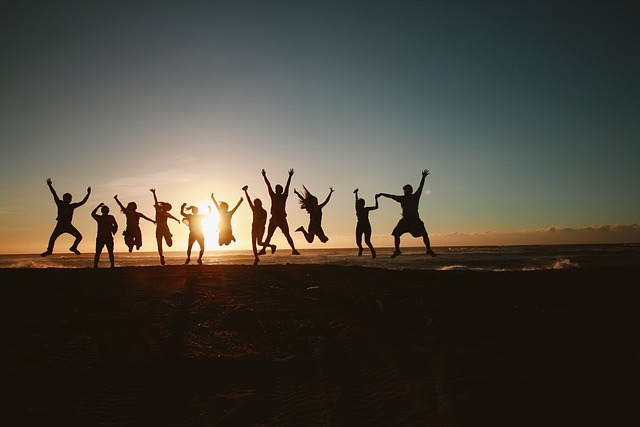
Could Cranial Sacral Autism Therapy Help Your Child?
Cranial sacral autism therapy (CST) is one of many natural treatment options used to assist autistic children. It employs a form of light touching that is thought stimulates the natural healing powers of the body. The process focuses on the way the craniosacral system (the head and the sacrum, five vertebrae which form a triangle above the child’s tailbone at the base of the spine, which are fused together in adults – usually between the ages of 16 and 25 – but remain individual bones until that time) is thought to naturally encourage healing when properly stimulated.
The theory is that the healing abilities of cranial sacral therapy comes from the manipulation of the membranes and cerebrospinal fluid surrounding the spinal cord and brain, causing subtle pulsations and motions throughout the child’s entire body.
As pressure is applied, a wave-like response is sent through the body, allowing CST therapist to become in tune with what they refer to as ‘the breath of life’; the vibrations, energies, and forces of the body. By applying CST, the therapist uses the breath of life to strengthen the relationship between the brain and the rest of the body in a therapeutic way using only their hands as tools.
Results reported include the release of restrictions and tensions from current and past illnesses, emotional upsets, accidents, and other discomforts, and there have been reports of a reduction in Autistic symptoms. Therapists are trained to carefully listen to the vibrations to find out where there are disturbances and where focus should be placed. Cranial sacral therapy often involves several interventions before a difference in behaviour is observed.
When CST is applied, the child either lies down or sits, fully clothed, on the treatment table. The CST therapist then ‘listens’ to the autistic child’s body rhythms using his or her hands, and then stimulates the child’s tissues to target the whole body as well as specific areas. This may require a therapist’s hands to remain still for lengthy periods. The result is different for everyone. Some autistic children report feeling very relaxed, others feel warm or cold, and some children feel a pulsing or tingling.
In addition to autism, CST is reportable beneficial for headaches and migraines, back pain, stress relief, and emotional issues. It has been found to be most effective in babies and children though a person of any age can benefit from its techniques.
No side effects have ever been reported regarding cranial sacral therapy, though it should be avoided in people who have suffered strokes or who are pregnant unless recommended by a doctor. As with any new therapy, if you are considering CST for your child, you should first speak to your doctor to ensure that it is the right treatment for his or her unique symptoms and needs. It is advisable that Cranial Sacral Autism therapy be applied alongside other techniques such as effective learning activities- especially in the case of a preschooler.
About the author:
Grab your free copy of Rachel Evans’ brand new Autism Newsletter- Overflowing with easy to implement methods to help you and your family find out about more about treatments like cranial sacral autism therapy